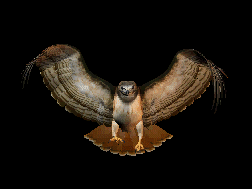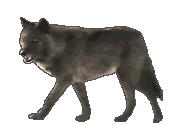How To Tell Time By The Sun
- Survival Trackers

- Oct 18, 2018
- 4 min read
Updated: Oct 20, 2020

It's very easy to tell time by the sun, once you get the knack of it. This is something I learning on my own, when I was 14 years old. My 8th grade science class had a project involving figuring out how time was measured in the past when there were no watches or clocks. I was completely on my own to figure this out. With the help of my mother we found an old woman in her 80s, in another town who was selling books in her home. This was decades before computers were available, so in order to find information, you either went to the library or went on a wild goose
chase to find out what you wanted to know, if you couldn't find it in the library. The old woman happened to have a book that described different ancient methods for telling time, so my mother bought the book for me.
When I got it home, I proceeded to make some of the items that were used in the past to tell time.
I think one of them was Chinese, and it involved using a rope and tying knots at certain intervals in the rope, so that each knot would take an hour to burn.
Another one I chose to make was an hour glass out of two glass jars. I poured beach sand in one of the jars and I made a hole in the middle of each lid. Before I glued the lids together, I tested the flow of sand from one jar to another so that I would have enough sand for it to last exactly one hour.
And the third method for telling time that I chose was to make a sundial. I got a square piece of wood and drew a circle on it. I painted the wood outside of the circle blue. I painted the circle yellow. Then I glued onto the board, a sharpened pencil pointing straight up with the bottom of the pencil glued to the center of the circle.









































































Comments